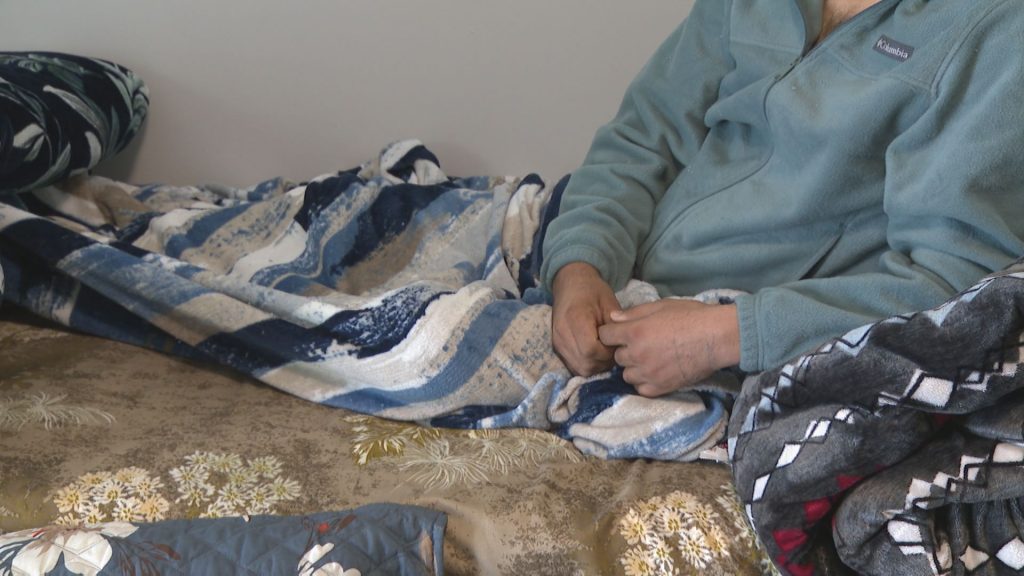Baby wipes, cotton among best materials for COVID-19 face masks: UBC study
Posted February 8, 2021 2:24 pm.
Last Updated February 8, 2021 2:50 pm.
VANCOUVER (NEWS 1130) – Ever tried using a dry baby wipe as a filter for your mask?
A study out of the University of British Columbia put all kinds of fabrics and face mask styles to the test.
Of the 41 varieties tested, researchers found a mask with two layers of low-thread-count quilting cotton, along with a three-ply dry baby wipe filter performed the best, when compared to a commercial non-surgical mask.
A new study out of UBC finds that when testing to see the best mask materials, one unexpected one produced ideal results: BABY WIPES!
Dr. Steven Rogak, professor at UBC and lead researcher, says the material is almost as breathable as a non-surgical mask. More on @NEWS1130
— Yasmin Gandham (@YasminGandham) February 8, 2021
Dr. Steven Rogak, a professor of mechanical engineering who studies aerosols, says the cloth masks they tested filtered up to 80 per cent of three-micron particles, and more than 90 per cent of 10-micron particles.
They focused on particles larger than one micron during the study because it’s believed the size is key to COVID-19 transmission.
“None were as good as the N95 masks for the fine particles, but truthfully, for the particles that are of most concern for transmitting COVID-19, most materials will make a big difference. For most of the masks that people would be wearing, the most important issue is to make sure that it’s fitting well, aside from, of course, wearing the mask in the first place,” he explains.
So where do baby wipes fit into all of this? Rogak says the dry wipe would need to be used with other materials.
“Dried baby wipes, although quite far from what you would have in an N95 mask material, are in that direction. In fact, some common materials, such as cotton knits, do almost as well as the dried baby wipes,” he tells NEWS 1130.
Also key to the success of a face mask is fit. Particles are more likely to make their way through the nose, chin and cheek areas, which is worse if the mask is loose.
Dr. Rogak also says that while materials are important, even more significant is the fit of the mask – fitting tightly enough to not allow virus particles to seep in around the edges.
— Yasmin Gandham (@YasminGandham) February 8, 2021
“The mask should not sit flat against your mouth and nose, because it will be less breathable, as there’s only one very tiny portion of the fabric actually exchanging air. Even if it’s made of breathable material, it won’t feel that way. You need to create a bit of an air pocket, with a bigger curvature in front, so that the whole mask is engaged in air exchange,” he explains.
While these findings could play a role in the kinds of face coverings we use during the pandemic, Rogak is cautioning people to continue to keep their distance.
“Surprisingly, the details of the mechanism for transfer of COVID-19 and transmission, those mechanisms are not fully known, quantitatively. So the importance of washing your hands versus wearing a mask, versus physical distancing – all of those things are important – but the exact degree to which they’re important is still not known,” he says.
The study was recently published in the journal Aerosol Science and Technology.
-With files from Yasmin Gandham










